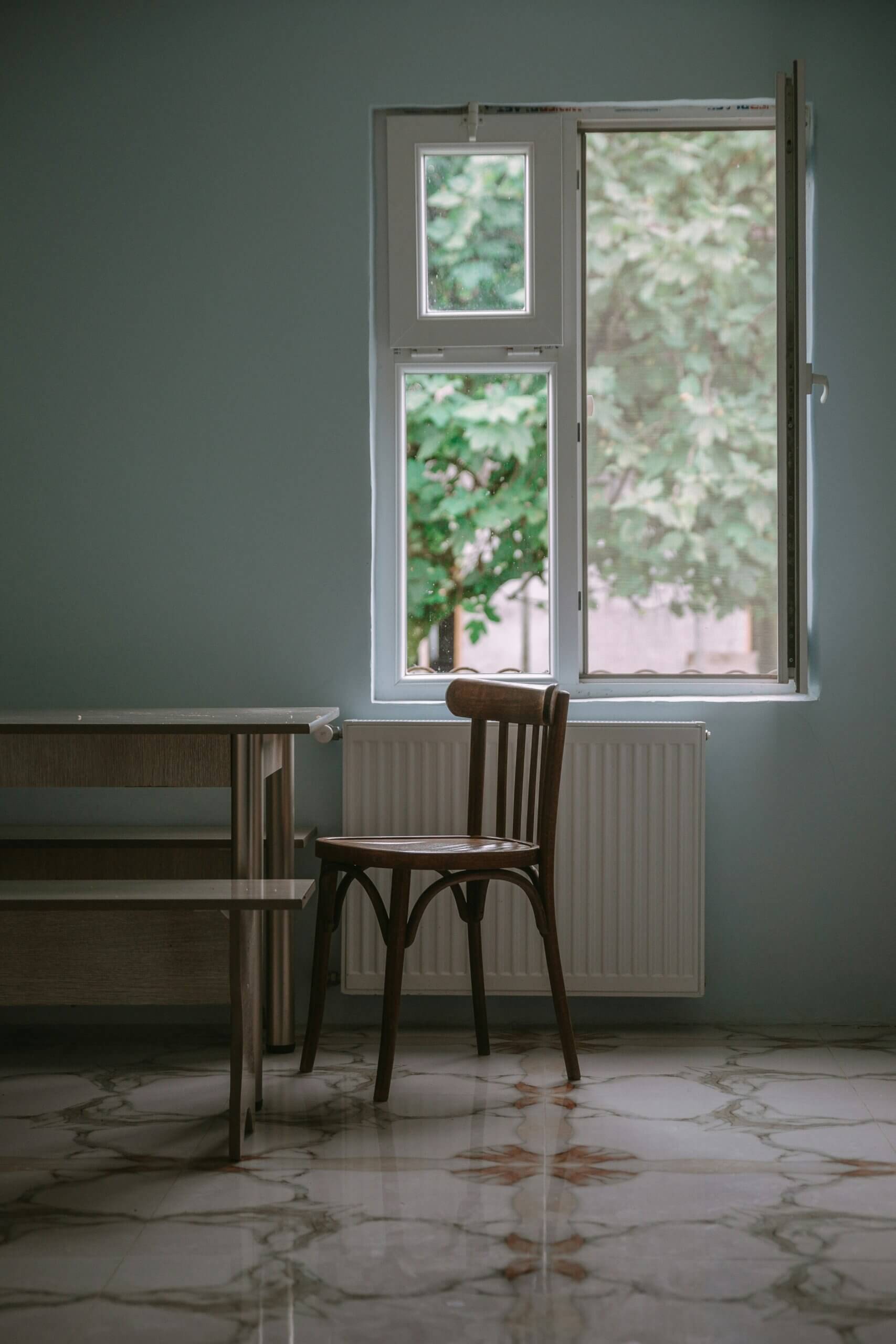
Introduction to PVC Flooring
PVC flooring, short for polyvinyl chloride flooring, is a versatile and popular choice for residential interiors. As a synthetic material, PVC is crafted from petroleum-based products that contribute to its durability, resilience, and affordability. This type of flooring has gained significant traction in the home improvement market due to its appealing aesthetics and ease of maintenance.
The production of PVC flooring often involves a process where essential components are combined to create a robust and flexible surface. Usually available in tiles or sheets, PVC flooring can mimic the appearance of natural materials such as wood or stone, providing an attractive yet functional alternative for homeowners. The manufacturing process includes layering various components, including a printed design layer, a protective wear layer, and a backing layer, which together contribute to its overall durability and performance in high-traffic areas.
Common applications of PVC flooring in residential settings include kitchens, bathrooms, and laundry rooms, where moisture and spills are prevalent. Its water-resistant properties make it a high-performing option for these environments, as it helps to prevent damage caused by humidity and spills. Additionally, PVC flooring is often seen in areas where ease of cleaning and maintenance is a priority. Homeowners appreciate that dirt and debris can be easily wiped away without causing harm to the floor.
In the market today, various types of PVC flooring are available to cater to diverse design preferences and functional needs. From luxury vinyl tiles (LVT) that replicate the look of high-end materials to budget-friendly vinyl sheet options, there is a wide range of choices accessible for consumers. Furthermore, advancements in technology have led to improved patterns and textures, further enhancing the realism and appeal of PVC flooring in modern homes.
Advantages of PVC Flooring
PVC flooring, or polyvinyl chloride flooring, is becoming increasingly popular among homeowners due to its wide range of advantages. One of the primary benefits of PVC flooring is its remarkable durability. This material is engineered to withstand heavy foot traffic, making it ideal for busy households. With proper maintenance, PVC flooring can last anywhere from 15 to 25 years, which provides homeowners with a long-lasting flooring solution that justifies the initial investment.
Another significant advantage of PVC flooring is its water resistance. This characteristic makes it an excellent choice for areas prone to moisture, such as bathrooms and kitchens. Unlike traditional hardwood or laminate flooring, which can warp or become damaged when exposed to water, PVC flooring remains unaffected, ensuring its integrity in humid environments. This quality further promotes the use of PVC flooring in various settings, including commercial spaces where spills may occur.
Maintaining PVC flooring is straightforward, requiring only regular sweeping and occasional mopping to keep it looking new. This ease of maintenance appeals to many homeowners, especially those with busy lifestyles who prefer flooring that does not demand extensive cleaning efforts. Moreover, the affordability of PVC flooring is another attractive feature. Compared to other flooring options, such as hardwood or ceramic tiles, PVC generally comes at a lower price point, making it accessible for budgeting homeowners without compromising on quality.
Aesthetic versatility is yet another highly regarded advantage of PVC flooring. It is available in a myriad of colors, patterns, and styles, allowing homeowners to find the perfect match for their interior design preferences. Whether someone desires the look of natural wood or elegant stone, PVC flooring can effectively replicate these appearances, providing a sophisticated finish at a fraction of the cost. All these features make PVC flooring an appealing option for homeowners seeking a durable, practical, and stylish flooring solution.
Disadvantages of PVC Flooring
PVC flooring, despite its many advantages, does come with a range of potential drawbacks that homeowners should consider before making a decision. One significant concern relates to the environmental impact of PVC as a flooring option. The manufacturing process for polyvinyl chloride involves the use of harmful chemicals, which can pose risks both to the environment and to human health. Additionally, while PVC itself is recyclable, not all products reach the recycling stage, leading to increased landfill waste.
Another issue associated with PVC flooring is the presence of certain volatile organic compounds (VOCs). While many modern PVC flooring options are designed to be low in VOCs, some products may still emit harmful substances over time. These emissions can contribute to indoor air quality concerns, especially in poorly ventilated spaces. Furthermore, the installation process of PVC flooring often involves the use of adhesives that may also contain VOCs, raising additional health considerations.
Beyond environmental and health-related concerns, the long-term wear and tear of PVC flooring can be perceived as a drawback. This type of flooring is susceptible to scratching and fading, especially in high-traffic areas or when exposed to direct sunlight. Over time, the aesthetic appeal of PVC flooring may diminish, leading to a potential need for replacement sooner than other types of flooring may require. Additionally, improper installation can exacerbate these issues, resulting in seams opening up or surfaces becoming misshapen. Homeowners should be aware that professional installation is often recommended to mitigate such risks and to ensure that their PVC flooring maintains its integrity over the years.
Conclusion: Is PVC Flooring Right for Your Home?
When considering whether PVC flooring is suitable for your home, it’s essential to weigh the various pros and cons discussed in earlier sections. PVC flooring, known for its versatility and affordability, offers numerous benefits such as resistance to moisture, ease of maintenance, and durability. These characteristics make it particularly appealing for high-traffic areas and spaces prone to spills, such as kitchens and bathrooms. However, it’s also important to be aware of its drawbacks, including potential environmental concerns and limited aesthetic options compared to other flooring materials.
As you assess whether PVC flooring aligns with your needs, consider your lifestyle and how flooring plays a role in your daily living. For families with young children or pets, the easy-to-clean aspect of PVC flooring may be a significant advantage. Additionally, if you prioritize value and cost-effectiveness over luxury, PVC flooring can be an intelligent investment. On the other hand, if you seek a more premium look or are particularly eco-conscious, exploring alternatives might be worthwhile. Natural materials such as hardwood or bamboo could better suit your preferences while contributing to a healthier indoor environment.
Ultimately, the decision on whether to install PVC flooring in your home is subjective and should reflect your specific requirements. Take the time to assess your options thoroughly, incorporating both the advantages of PVC flooring and other available materials. By analyzing these factors, you can make a well-informed choice that enhances your home while catering to your unique lifestyle needs. The final selection should ideally balance practicality, aesthetics, and environmental impact to create a living space that feels right for you.



